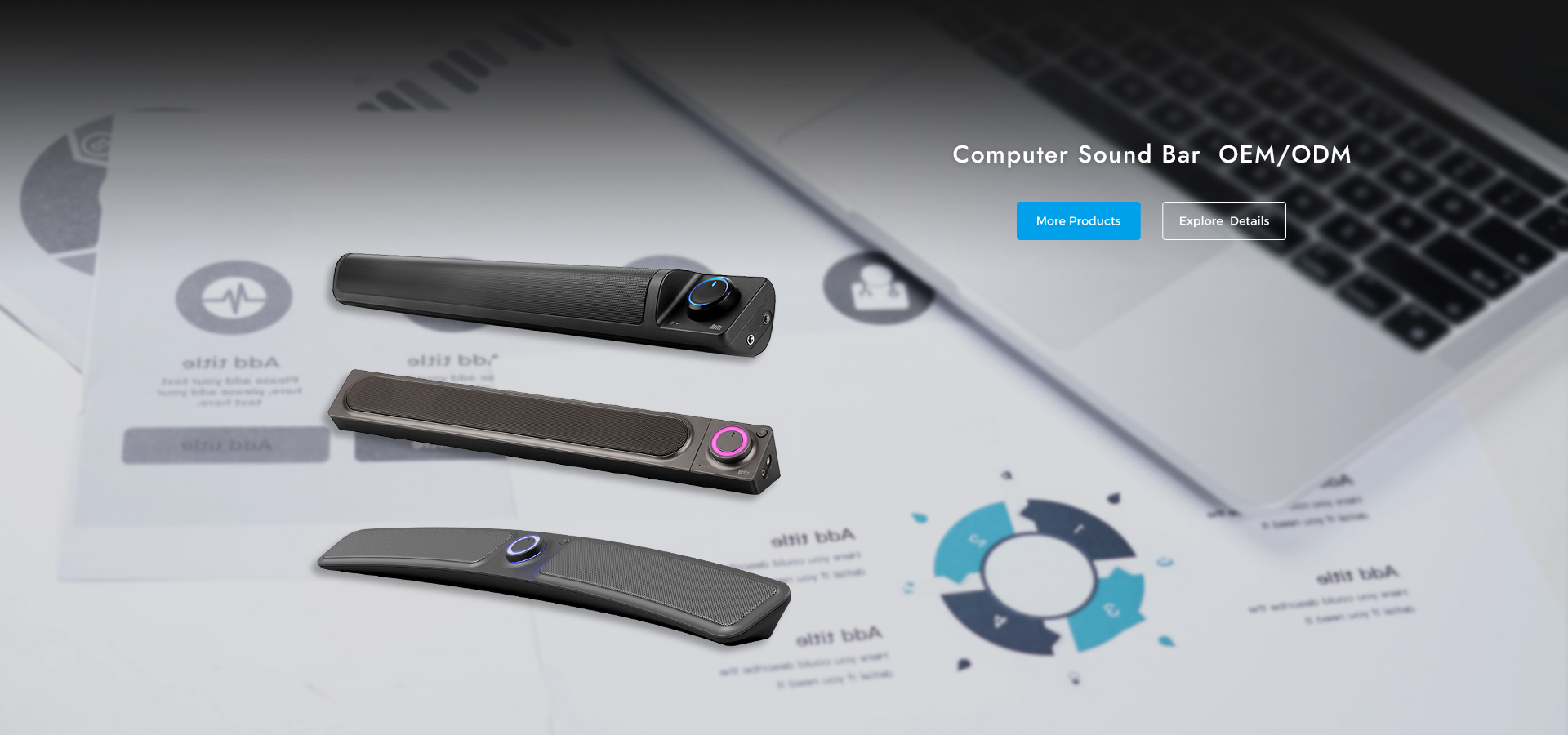There are many types of conventional speakers on the market. A horn, also called a speaker, is a transducer that converts electrical energy into sound signals. The performance of the speaker has a great influence on the sound quality. And different types, uses and principles can be divided into a variety of speakers.
There are many types of speakers, which can be divided into electric type (ie moving coil type), electrostatic type (ie capacitive type), electromagnetic type (ie reed type), piezoelectric type (ie crystal type), etc. The latter two types are mostly used in rural areas. Cable broadcasting networks; they can be divided into low-frequency speakers, mid-frequency speakers and high-frequency speakers by frequency range, and they are often used as sound generators for combined speakers.

(1) Low frequency speaker (woofer
For different speakers, the requirements for Q0 are different. Q0 is usually the best value for closed and inverted phase boxes, between 0.3 and 0.6. Generally speaking, the larger the aperture, magnet and voice coil diameter of the low-frequency speaker, the better the low-frequency playback performance, transient characteristics, and the higher the sensitivity. The structure of the woofer is mostly cone type, and a few are flat type. There are many kinds of subwoofer diaphragms, such as aluminum alloy diaphragm, aluminum magnesium alloy diaphragm, ceramic diaphragm, carbon fiber diaphragm, bulletproof cloth diaphragm, glass fiber diaphragm, acrylic diaphragm, paper diaphragm, etc. The woofer with aluminum alloy aperture and glass fiber aperture generally has a smaller diameter and larger bearing capacity, while the woofer with reinforced paper cone and glass fiber aperture has more accurate sound when replaying music, and the overall balance is also good .
(2) Midrange speaker
Generally speaking, as long as the frequency response curve of the intermediate frequency speaker is flat, the effective frequency response range is larger than the playback frequency bandwidth it is subjected to in the system, and the impedance and sensitivity are consistent with the low frequency unit. Sometimes the midrange power capacity is not enough, but the sensitivity is higher, and the impedance is higher than the midrange of the woofer, thereby reducing the actual input power of the midrange unit. There are generally two types of mid-end units: conical basins and domes. However, its volume and carrying capacity are larger than that of the tweeter, which is suitable for playing mid-range audio. The diaphragm of the mid-range unit is mainly composed of soft materials such as paper cones and silk films, and occasionally there is a small amount of alloy dome diaphragm.
(3) tweeter
As the name suggests, a tweeter is a speaker unit used to play high-frequency sounds. Its structural forms mainly include sign solution type, cone type, spherical top type and aluminum belt type.